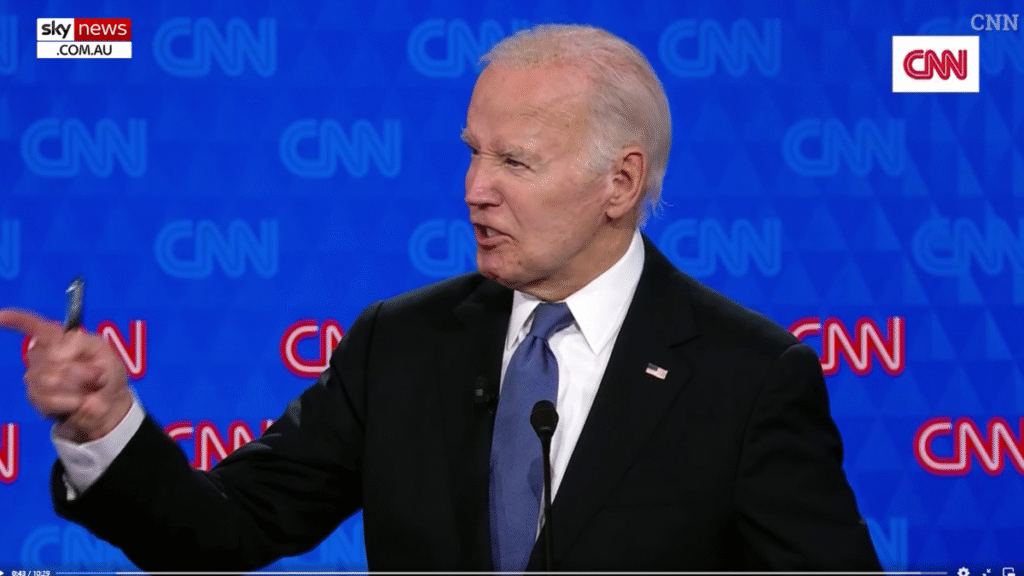The committee’s findings raise serious questions about who is really making decisions in the White House, and they single out a specific moment of concern by saying Biden was, “losing command of himself,” while pointing to a string of executive actions and controversial pardons that the report suggests were not his independent choices. This piece breaks down what the committee highlighted, why the pardons matter, and the institutional issues that follow when authority appears unclear. Readers should get a clear sense of the legal and political stakes without legalese or political spin.
The committee’s language is blunt and pointed, and it includes the line that Biden was, “losing command of himself,” as a key observation about his capacity to control administration decisions. That phrase is not a throwaway line; the report uses it to tie together behavior, decision-making patterns, and outcomes that matter to governance. Whatever you think of the man or his policies, this is framed as an institutional concern about the presidency itself.
Pardons are a unique presidential power that can upend criminal outcomes with a single signature, so questions about who authorized them go right to the heart of accountability. The committee argues that several recent pardons were executed in ways that make it hard to conclude they came from a president fully in charge. When a pardon is divorced from a clear, personal rationale by the president, it invites suspicion that other actors or processes were at work.
From a legal perspective, the problem isn’t just optics; it is about the constitutional allocation of responsibility. The Constitution vests the executive power in the president, and when actions look disconnected from the officeholder’s deliberate judgment, it creates a gap in who can be held responsible. That gap has real consequences for rule of law, because laws and remedies rely on a clear chain of authority.
Politically, this kind of finding is damaging across the board, but it lands especially hard with voters who care about competence and integrity. It undermines trust in the presidency and fuels narratives about backroom influence and shadow governance. A pattern like this can also reset expectations for future administrations about how transparent decision-making must be.
Institutional responses exist precisely for situations where presidential authority appears compromised, and the committee’s framing puts those tools back on the table. Congress can investigate, ethics offices can examine records, and courts may weigh in where legal rights are implicated, all without assuming bad faith by anyone involved. The point is to restore a clear public record so that authority aligns with accountability.
The implications reach beyond domestic politics into national security and diplomacy, because foreign leaders and adversaries watch closely how consistent U.S. policy and decisions really are. If executive actions can be traced to unclear sources of power, allies may hesitate and rivals may test boundaries. That makes clarity and visible presidential command not only matters of domestic governance but of international standing as well.



